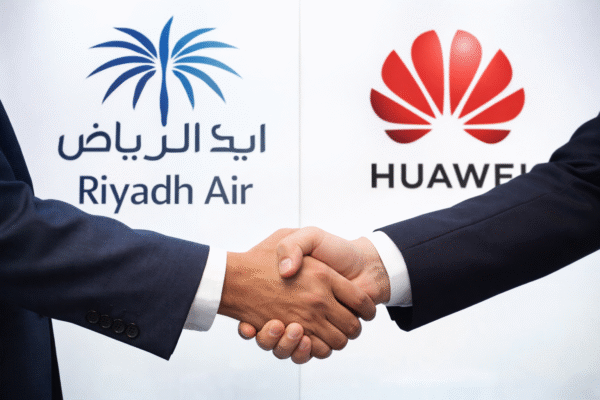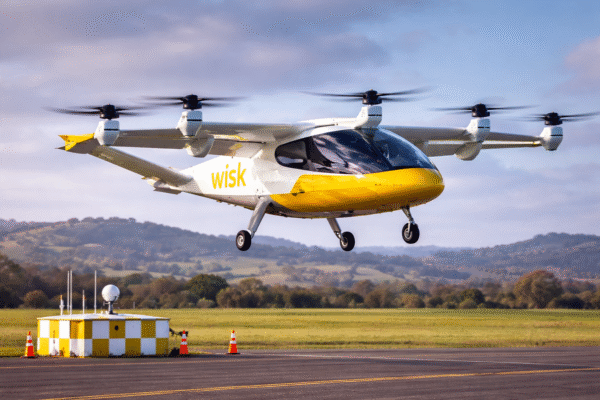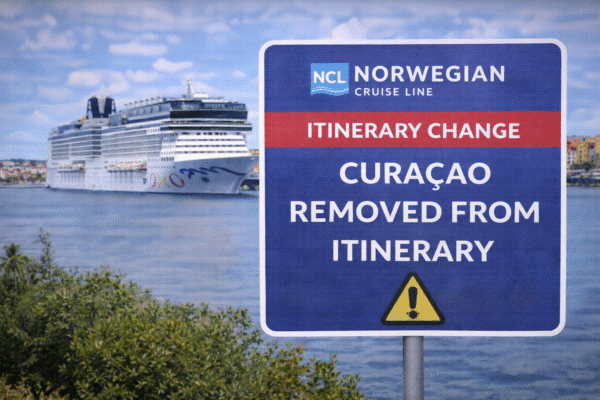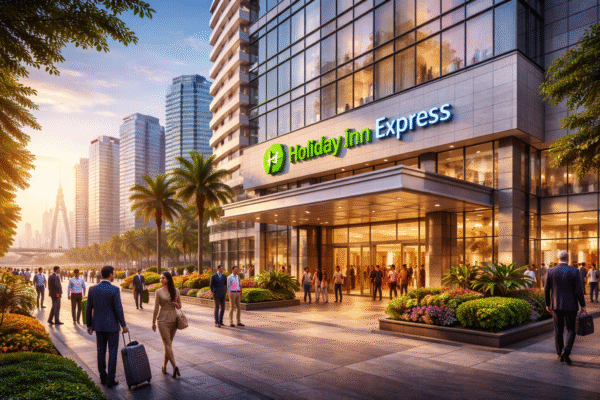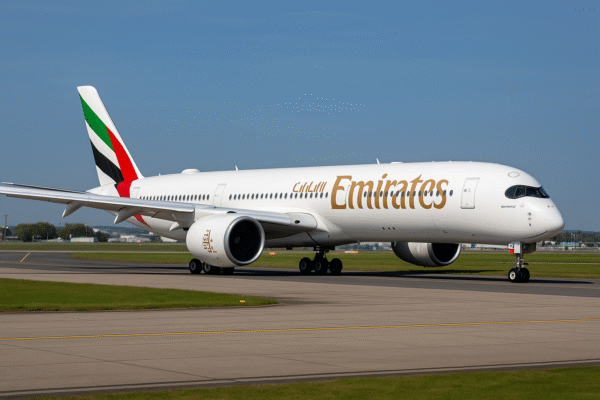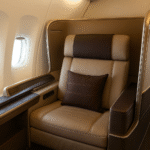Tourism and travel connectivity between the United Arab Emirates (UAE) and China are set to reach new heights as Emirates introduces the Airbus A350-900 on its Dubai-Hangzhou route starting October 26. This development marks a milestone in the airline’s strategy to expand its premium travel offerings while strengthening the aviation bridge between two of the world’s fastest-growing travel markets.
The initiative is not just a routine fleet expansion but a symbol of deepening economic, cultural, and tourism exchanges between the Middle East and China. Hangzhou, a city renowned for its history, cultural heritage, and role as a major business hub, is now set to enjoy greater accessibility from Dubai—one of the world’s most influential aviation and tourism centers.
A New Chapter in Emirates’ Fleet Expansion
The Airbus A350-900 is the first new aircraft model that Emirates will operate in mainland China since introducing the Boeing 777 in 2008. The aircraft is designed with advanced aerodynamics, quieter engines, and better fuel efficiency, aligning with the airline’s commitment to sustainability and modern travel demands.
Emirates has already welcomed nine Airbus A350-900s into its fleet, with the latest delivery in August 2025. The long-term vision includes deploying the A350s on more international routes, ensuring Emirates remains at the forefront of innovation in luxury air travel.
Convenient Flight Schedule for Business and Leisure
The Dubai-Hangzhou service is designed to cater to both business travelers and tourists. Flight EK310 will depart Dubai at 04:15, arriving in Hangzhou at 16:00 local time. The return leg, EK311, will leave Hangzhou at 00:10 and land in Dubai at 06:10.
This schedule provides travelers with seamless connections to global destinations through Dubai International Airport, one of the world’s busiest hubs. It also supports China’s outbound tourism market, offering easier access for Chinese travelers to reach Europe, Africa, and the Middle East.
Comfort and Luxury Onboard
The Emirates Airbus A350-900 will seat 312 passengers across three classes:
- Business Class: 32 spacious seats with fully reclining options, providing privacy and convenience for both corporate travelers and holidaymakers.
- Premium Economy: 21 seats featuring leather recliners, wider pitch, and enhanced entertainment screens, positioned as a mid-tier luxury option.
- Economy Class: 259 ergonomically designed seats with ample legroom and upgraded in-flight entertainment.
The aircraft’s cabin is designed for quieter journeys and features advanced lighting systems to reduce jet lag, offering travelers an enhanced experience.
Introduction of Premium Economy to Hangzhou
For the first time, Emirates is introducing its Premium Economy cabin on flights to Hangzhou. Positioned between Economy and Business Class, this service responds to the growing demand for affordable luxury travel in China. Premium Economy offers extra legroom, enhanced recline, noise-canceling headphones, and upgraded meal options.
The move is significant, as Chinese outbound tourism is increasingly leaning toward comfort-driven travel experiences. The addition of this cabin highlights Emirates’ strategy to capture a growing market of affluent travelers who want more than Economy but may not require full Business Class services.
Supporting Tourism and Economic Growth
The new Airbus A350-900 service is expected to further stimulate tourism between the UAE and China. Dubai, already a favored destination for Chinese tourists, will now become more accessible to travelers from Hangzhou. According to UAE tourism authorities, Chinese visitors are among the top contributors to Dubai’s hospitality sector, with steady growth in arrivals in recent years.
On the other hand, Hangzhou, known for its West Lake, traditional tea culture, and vibrant tech industry, offers Emirati and international tourists new cultural and leisure opportunities. Enhanced connectivity is expected to encourage more Emiratis and Middle Eastern travelers to explore China’s cultural heritage and modern developments.
Sustainability and Future Plans
The A350-900 is not only a symbol of luxury but also an environmentally responsible choice. With reduced fuel consumption and lower carbon emissions compared to older aircraft, it aligns with Emirates’ long-term sustainability goals and global aviation standards.
Looking ahead, Emirates aims to expand the deployment of its A350 fleet across Asia and beyond, strengthening its position in international aviation. The introduction of this aircraft in Hangzhou is seen as a strategic step, as China’s aviation market is projected to grow rapidly in the coming decade.
Conclusion
The launch of Emirates’ Airbus A350-900 on the Dubai-Hangzhou route represents more than just a fleet upgrade—it is a commitment to fostering stronger ties between the UAE and China. From enhanced comfort and luxury to eco-friendly innovation, this service sets new benchmarks for international air travel.
As the travel market between the Middle East and China continues to expand, Emirates is poised to play a pivotal role in shaping the future of premium air connectivity, offering passengers unmatched comfort, convenience, and choice.
For more travel news like this, keep reading Global Travel Wire


